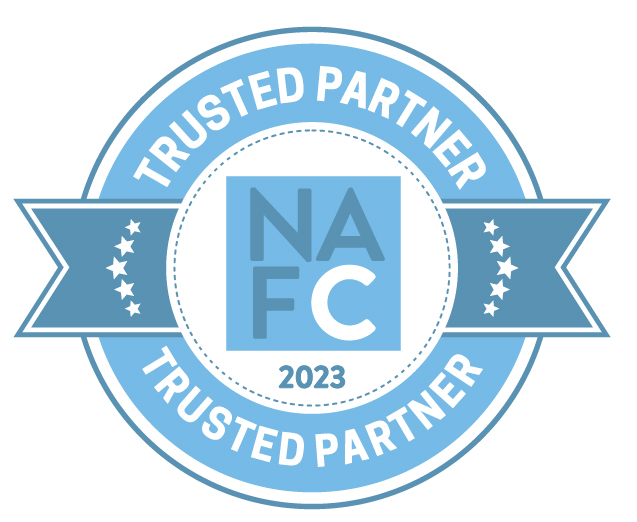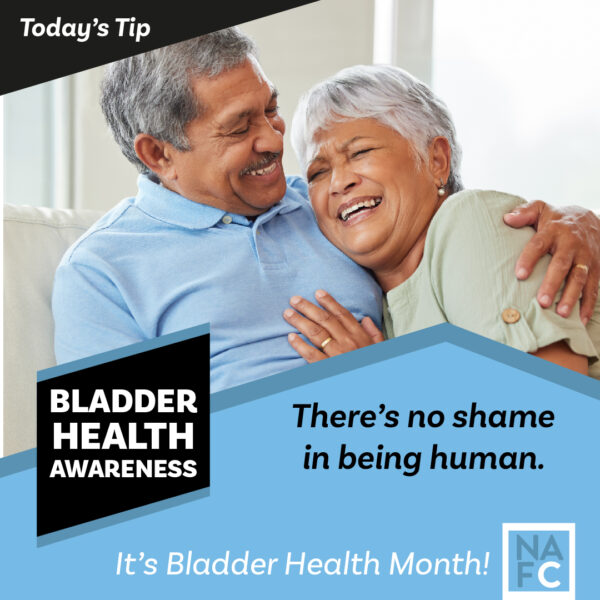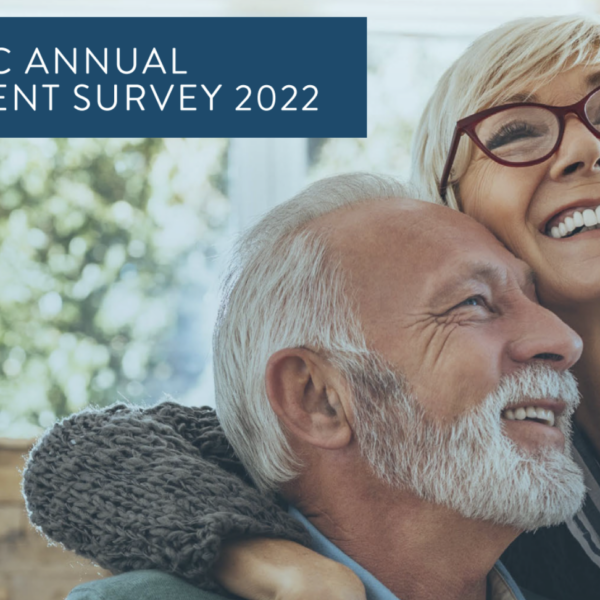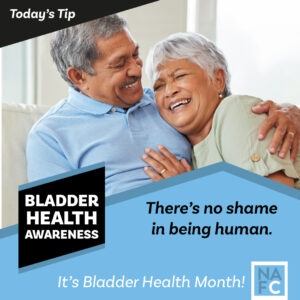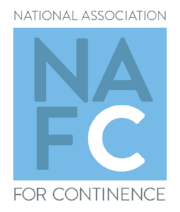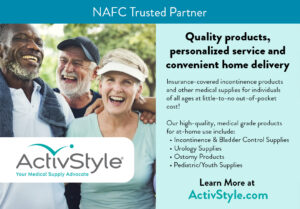FOR IMMEDIATE RELEASE
Contact: Steven G. Gregg, PhD
(914) 582-1731
NAFC expected to release full results of the survey in September 2019 in an effort to help patients and HCPs work together to break the stigma that still plagues bladder and bowel health conditions.
Charleston, S.C. (August 25th 2019)
In early 2019, NAFC conducted the first Annual State of Incontinence Survey for all patient website visitors and subscribers. The survey, sponsored by Allergan Foundation & Astellas, was administered through SurveyMonkey.
The survey had over 1,100 respondents across a range of incontinence topics, including diagnosis, treatment plans, emotional impact, willingness to discuss their condition with physician, personal relationships and more. The objectives of the survey were to better understand current patient behaviors, attitudes regarding incontinence treatments, patient efforts to find help for their conditions, the way that the condition impacted daily lives and relationships and their experience with incontinence products. And finally, the survey explored the interactions with healthcare professionals.
“We were extremely pleased with the high response rate we received said Steven G. Gregg, Ph.D., Executive Director of The National Association For Continence. “Respondents took the time to write about their frustrations and concerns. It further demonstrates to us the importance of opening the lines of communication to a population of people who feel helpless and don’t know where to turn for quality care. We know there are doctors and institutions that can help them, but when we see that 25% are too embarrassed to talk to their doctor, or that another 22% believe bladder leakage is just a part of getting older and still 8% believe nothing can be done to help their condition, we know there is a great deal more work to be done.” said Gregg.
NAFC intends to share this survey data to patients, healthcare professionals and industry members to generate a greater understanding of the stigma associated with incontinence and help patients and physicians work together to find greater success in the treatment of their incontinence issues.
“If we can show patients that there is a hope and there are new treatments and success stories, we think we can help shrink those numbers of patients that are held back from seeking treatment,” said Steven Gregg.
David Chaikin, MD who is a member of the Urology at Garden State Urology and Vice Chair of Urology at Morristown Memorial Hospital and also serves on the board of directors for NAFC was particularly impressed with the comprehensive insights gleaned from the survey. “This survey is the first of its kind in this category. There isn’t a lot of patient research on the physiological and emotional aspects of bladder health. Every day I see how these conditions dramatically alter quality of life when left untreated,” said Chaikin. “We have been designated a Center of Excellence institution based on our treatment of patients in the Morristown New Jersey area and patient satisfaction is our highest priority. If patients aren’t satisfied or successful with their treatment plan, we want to know about it. This survey underscored that we need to be proactive in speaking to our patients, getting those follow up appointments and initiating those conversations,” said Chaikin.
The full survey data along with a social media campaign and patient and practice tools will be released in the fall 2019 at www.nafc.org.
ABOUT NAFC
National Association for Continence is a national, private, non-profit 501(c)(3) organization dedicated to improving the quality of life of people with incontinence, voiding dysfunction and related pelvic floor disorders. NAFC’s purpose is to be the leading source for public education and advocacy about the causes, prevention, diagnosis, treatments and management alternatives for incontinence. More information is available online at www.NAFC.org.
####


